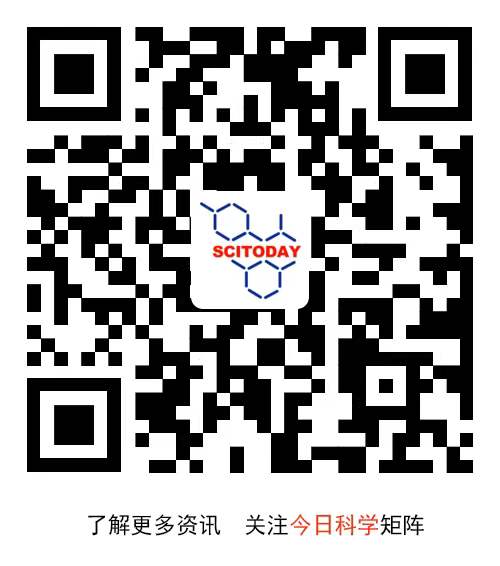科学家提出基于激光的等离子体小核截面测量方法
近日,上海交通大学的陈黎明与中国工程物理研究院的Xu Wang等人合作并取得一项新进展。经过不懈努力,他们提出基于激光的等离子体小核截面测量方法。相关研究成果已于2024年11月12日在国际知名学术期刊《美国科学院院刊》上发表。
该研究团队展示了一种通过激光-团簇相互作用,测量极小核同质异能态激发截面(数量级为10至100皮巴)的方法。强激光脉冲与氪原子团簇的相互作用,会产生一个高温高密度等离子体球,其中核激发由非弹性电子散射促进。
电子温度达到数百千电子伏特(相当于109开尔文),与恒星环境相似。否则,如此小的核激发截面极难测量,例如使用传统的基于加速器的方法。该方法为测量小核截面开辟了广阔途径,并有望推动对核跃迁机制的理解,以及探索恒星环境中元素演化动力学的路径。
附:英文原文
Title: Laser-based approach to measure small nuclear cross sections in plasma
Author: Feng, Jie, Qi, Jintao, Zhang, Hanxu, Chen, Siyu, Zhu, Mingyang, Hu, Xichen, Xu, Hao, Fu, Changbo, Wang, Xu, Chen, Liming, Zhang, Jie
Issue&Volume: 2024-11-12
Abstract: We demonstrate an approach successfully measuring very small nuclear isomeric excitation cross sections (on the order of 10 to 100 picobarns) via laser–cluster interaction. The interaction between an intense laser pulse and Kr atomic clusters generates a high-temperature and high-density plasma ball in which nuclear excitations are facilitated by inelastic electron scattering. The electron temperature reaches several hundred keV (corresponding to 109 K), similar to a stellar environment. The very small nuclear excitation cross sections are extremely challenging to measure otherwise, for example using traditional accelerator-based approaches. Our method opens a broad avenue of measuring small nuclear cross sections and holds promise for advancing understanding of nuclear transition mechanisms and exploring pathways in the evolutionary dynamics of elements within stellar environments.
DOI: 10.1073/pnas.2413221121
Source: https://www.pnas.org/doi/abs/10.1073/pnas.2413221121



